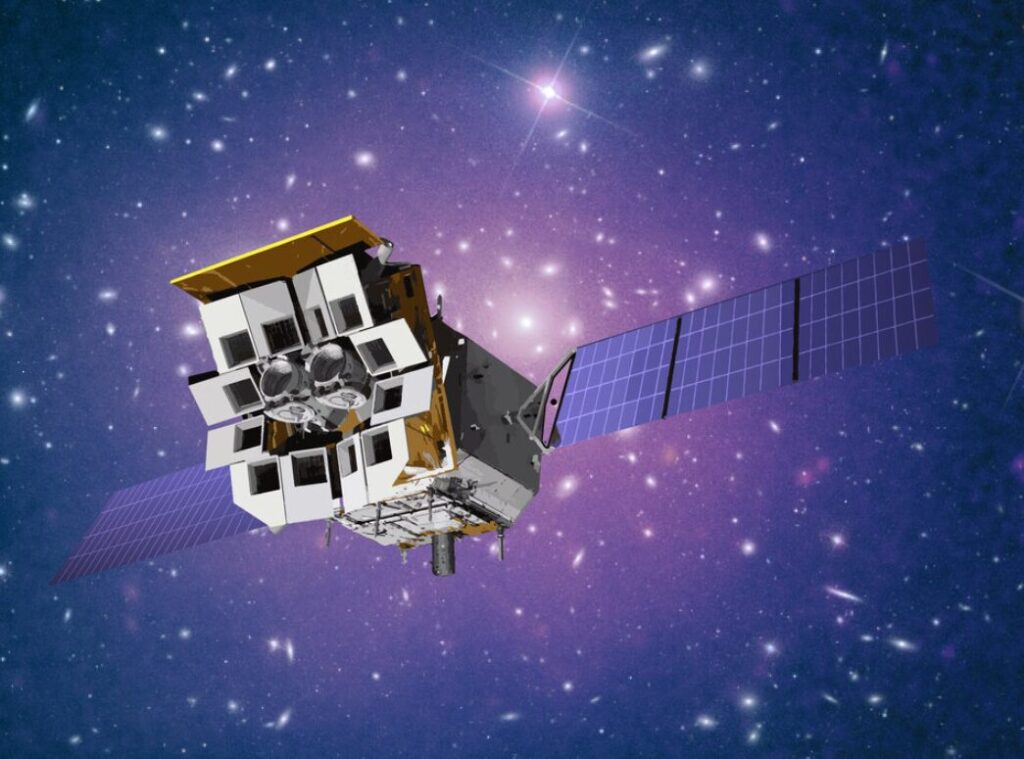
Lobster-eye satellite Einstein Probe captured the X-ray flash from a very elusive celestial pair. The discovery opens a new way to explore how massive stars interact and evolve, confirming the unique power of the mission to uncover fleeting X-ray sources in the sky.
The odd celestial couple consists of a big, hot star, more than 10 times larger than our Sun, and a small compact white dwarf, with a mass similar to our star. Only a handful of these systems have been found so far. And this the first time scientists could track the X-ray light coming from such a curious pair from its initial sudden flare-up to its fading away.
On 27 May 2024, the Wide-field X-ray Telescope (WXT) on Einstein Probe spotted X-rays coming from within our neighbour galaxy, the Small Magellanic Cloud (SMC...
Read More









Recent Comments